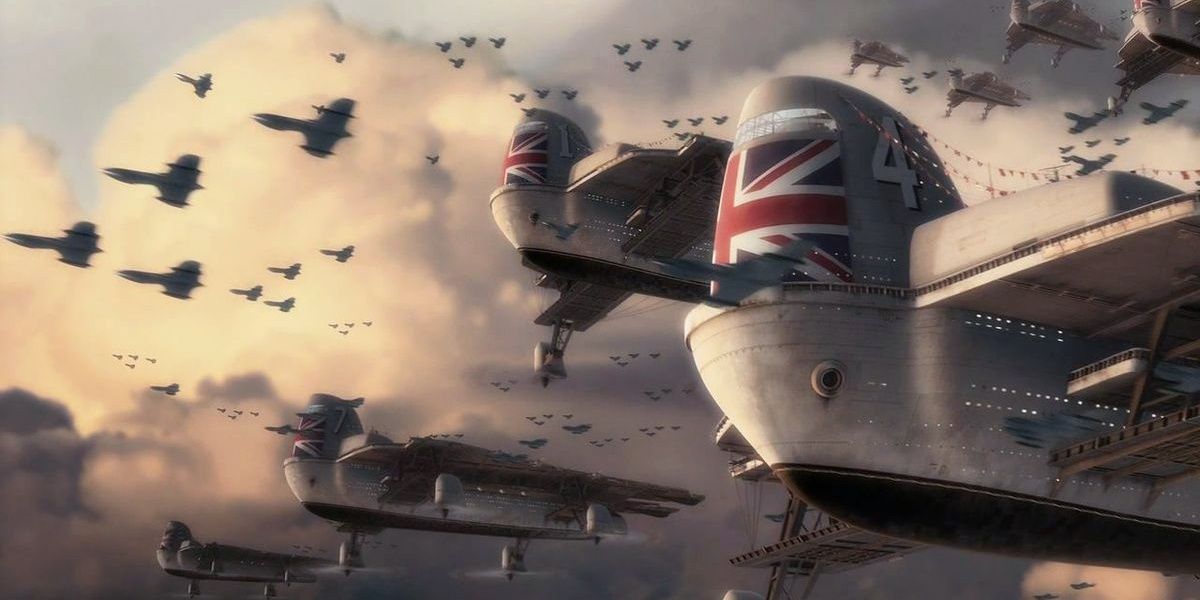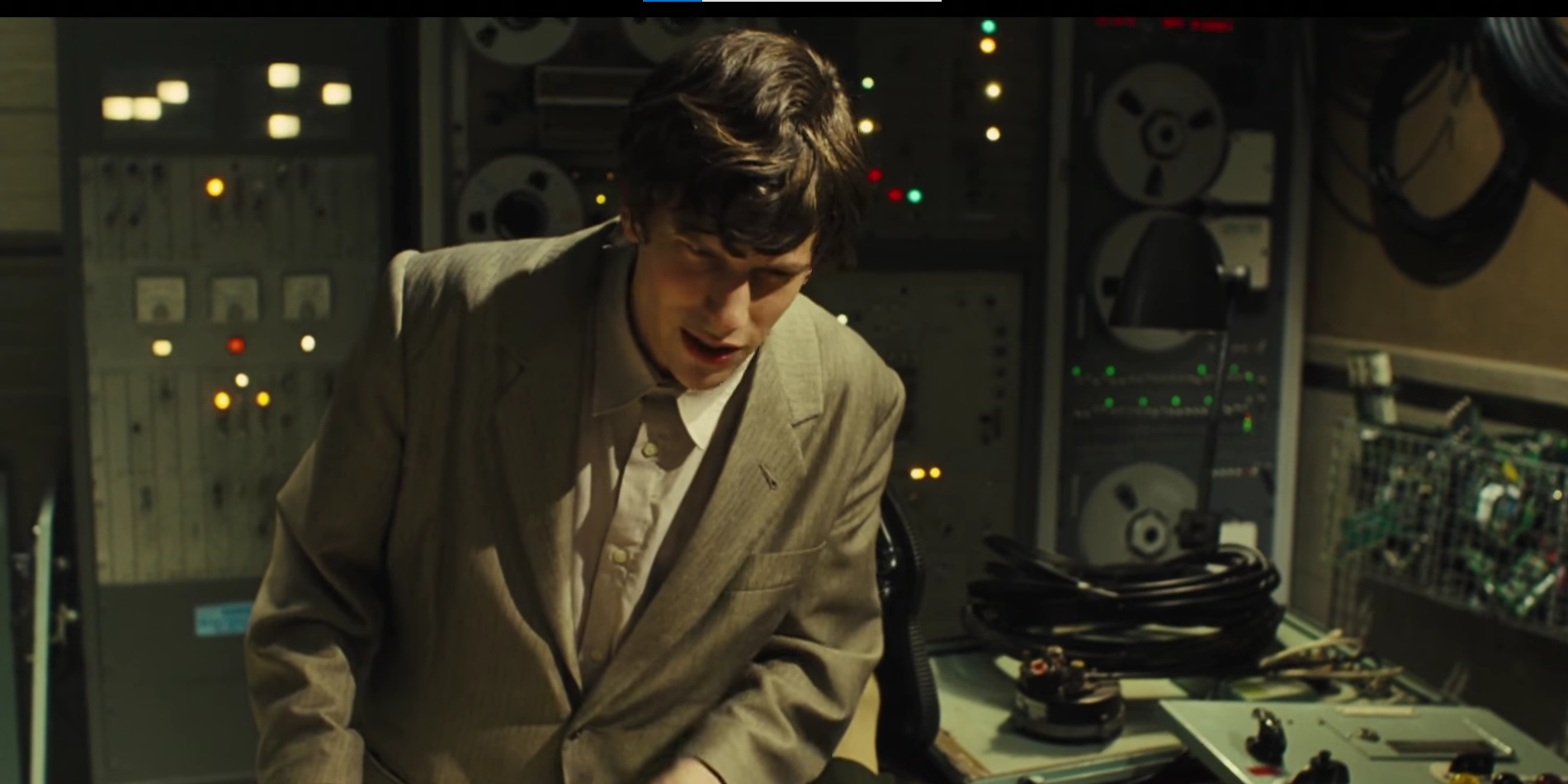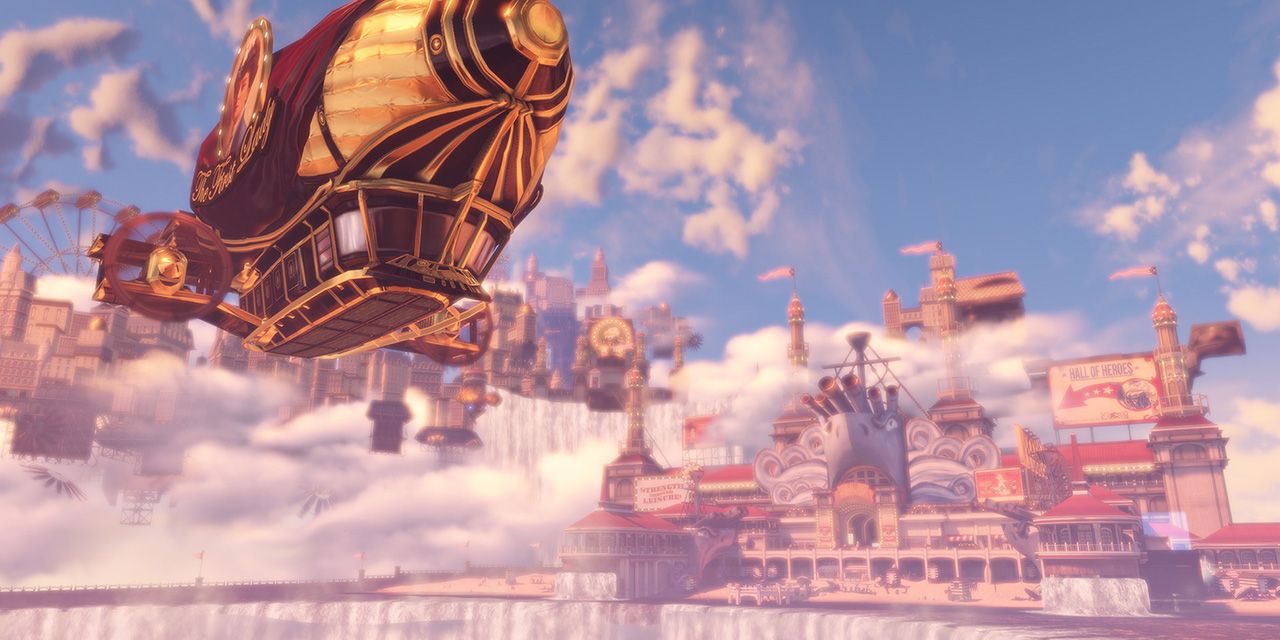Our modern imaginations of what the future might hold tend to be annoyingly similar and overwhelmingly grim. We've all seen a million sci-fi movies with believable if dull designs and wished they were a little looser with realism. One easy way to add visual flair is to mix in last century's sci-fi. Retrofuturism is all about playing with the work of those who came before to create something new.
Sixty or seventy years ago, the world felt so much more mysterious. Exploring space seemed impossible when we'd barely even started looking into the depths of the ocean. Modern sci-fi is about creating things, old sci-fi preferred to go out and find something new with all the brass and vigor they had to offer.
Retrofuturism as we know it today took shape in the 70s. With massive technological innovations like video games, cell phones, personal computers, digital cameras, and lasers making headlines, the sci-fi of only a couple of decades earlier looked slightly quaint. Around the same time, the Vietnam War was coming to an end, leaving many unhappy with the present. People missed the optimism of the earlier era, the genuine hope that humanity would set aside petty differences and pursue the pure goal of advancing our interests as a species. Retrofuturism is primarily seen in two forms, most easily defined as the past looking ahead and the future looking back. The former takes place in an alternate future in which the major predictions made by old sci-fi authors came true, but with all the scientific knowledge we've gained since those works came out. The latter includes subgenres like cyberpunk and its many offspring, which often imagine how futuristic technology might impact a bygone era.
There are several reasons to use Retrofuturism as a dominant aesthetic theme. Typically, it exists as a commentary on the present and the perceived future. In some ways, the typical Retrofuturist work is the opposite of modern cynical sci-fi. Jules Verne could have never imagined facial recognition cameras on every street corner, but we can see them every day. Verne preferred to imagine fantastical submersibles, volcanic tubes at the center of the earth, and a pair of maniacs crossing Africa by hot air balloon. We never see anything that fun and absurd in the modern era. Retrofuturism takes those concepts and introduces some of the immense technological innovations we've made in the meantime.
Outside the popular subgenres, like the aforementioned punk movements, there aren't a ton of retrofuturist films in the modern era. Interestingly, many examples come and go without comment. Look at The Incredibles. Brad Bird chose to set the film in a retrofuturist version of the 1960s. The newest car on display resembles Adam West's Batmobile, every TV is a vintage color set, and the Parr family home looks straight out of The Brady Bunch. Bird reimagines the future featured in Silver Age comic books as a commentary on the state of superhero media in that time and this one. Richard Ayoade's 2013 film The Double is an adaptation of Dostoyevski's novella of the same name, but it's set in a harrowing post-industrial nightmare. It's all the worst parts of Mad Men's office culture, early computing, and grim societal oppression under the heel of enforced normalcy rolled into one story. The retrofuturist aspects of these films are visual, but they tell an entire story in their set design.
Video games have had a ball with retrofuturist themes lately. The first big franchise through the door was BioShock. Rapture is a city under the sea that is created almost entirely through bathyspheres and old diving equipment. A modern take on the concept might resemble the International Space Station, but the game depicts it as something out of a Jules Verne epic. BioShock: Infinite takes the same idea to the sky. Columbia flies through an incredible scientific innovation called the Lutece Particle, an atom that can be set in midair free from the effects of gravity. Columbia is kept aloft by the kind of advanced physics that would be a great premise for a modern sci-fi story, but it's still covered in balloons and propellors. The old-timey tech isn't a gimmick, it's a reflection of the story. All the BioShock games are about the ideas of the bygone era, taking the past's prediction of the future in both aesthetics and ideology.
Retrofuturism demonstrates the evolution of speculative fiction as an art form. Artists will always be drawn to educated guesses about where things might end up forty years from now. Artists who undertake that exercise come back with a negative answer more often than not. Positive looks at the future are few and far between, but that wasn't the case sixty years ago. Whether it's a steam engine powering a spaceship or a modern story with rayguns, Retrofuturism is more than just a beautiful artistic statement.



